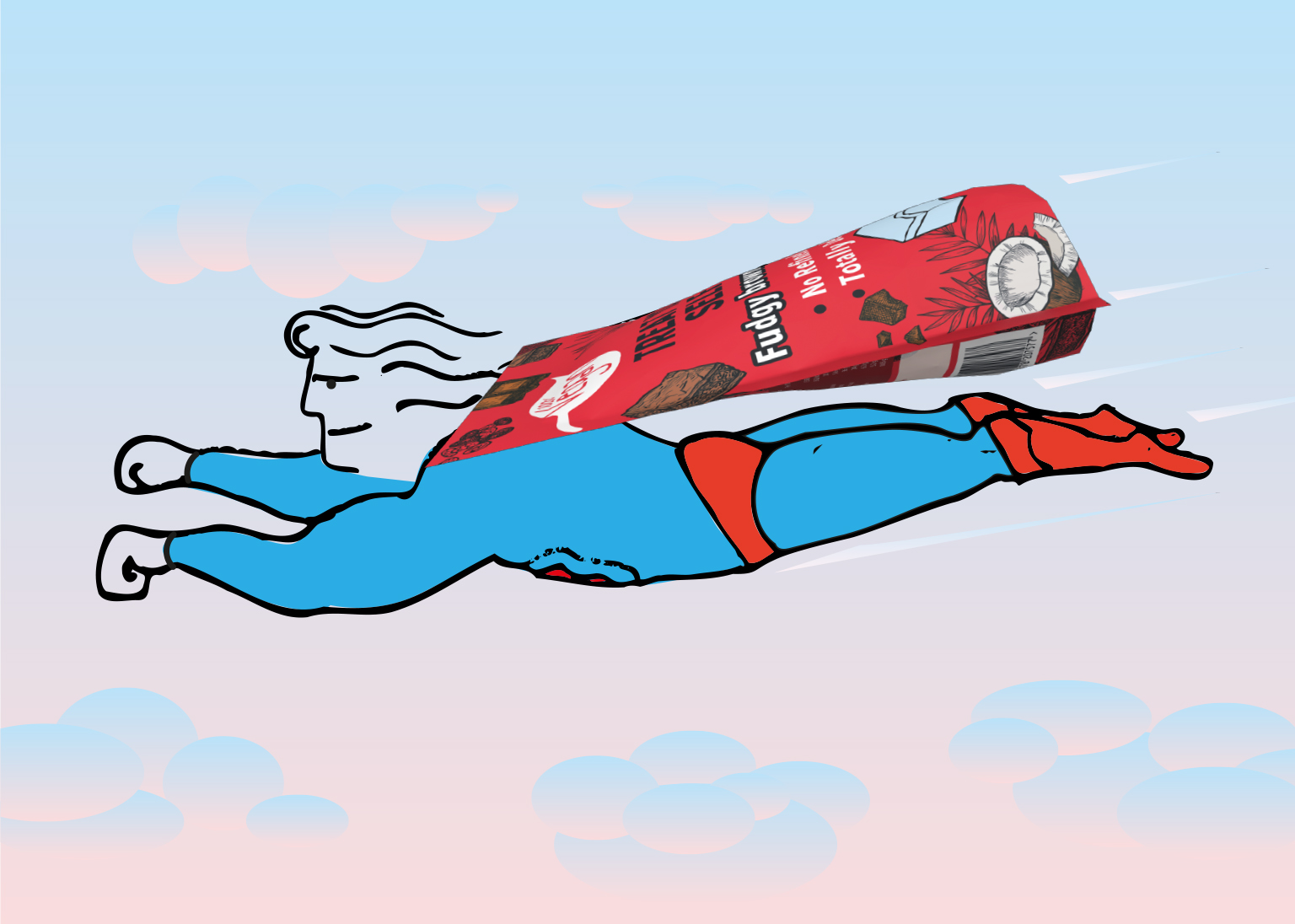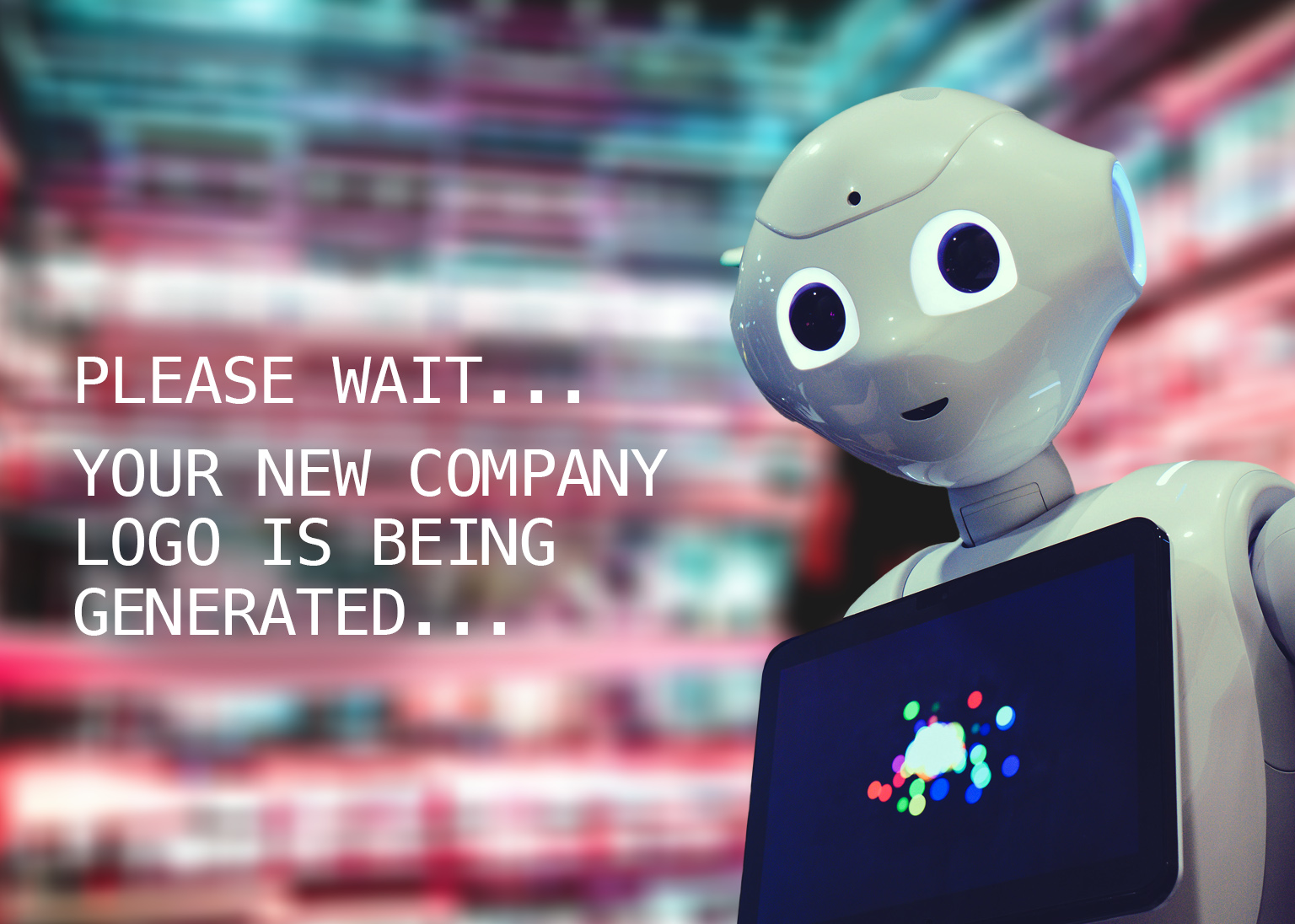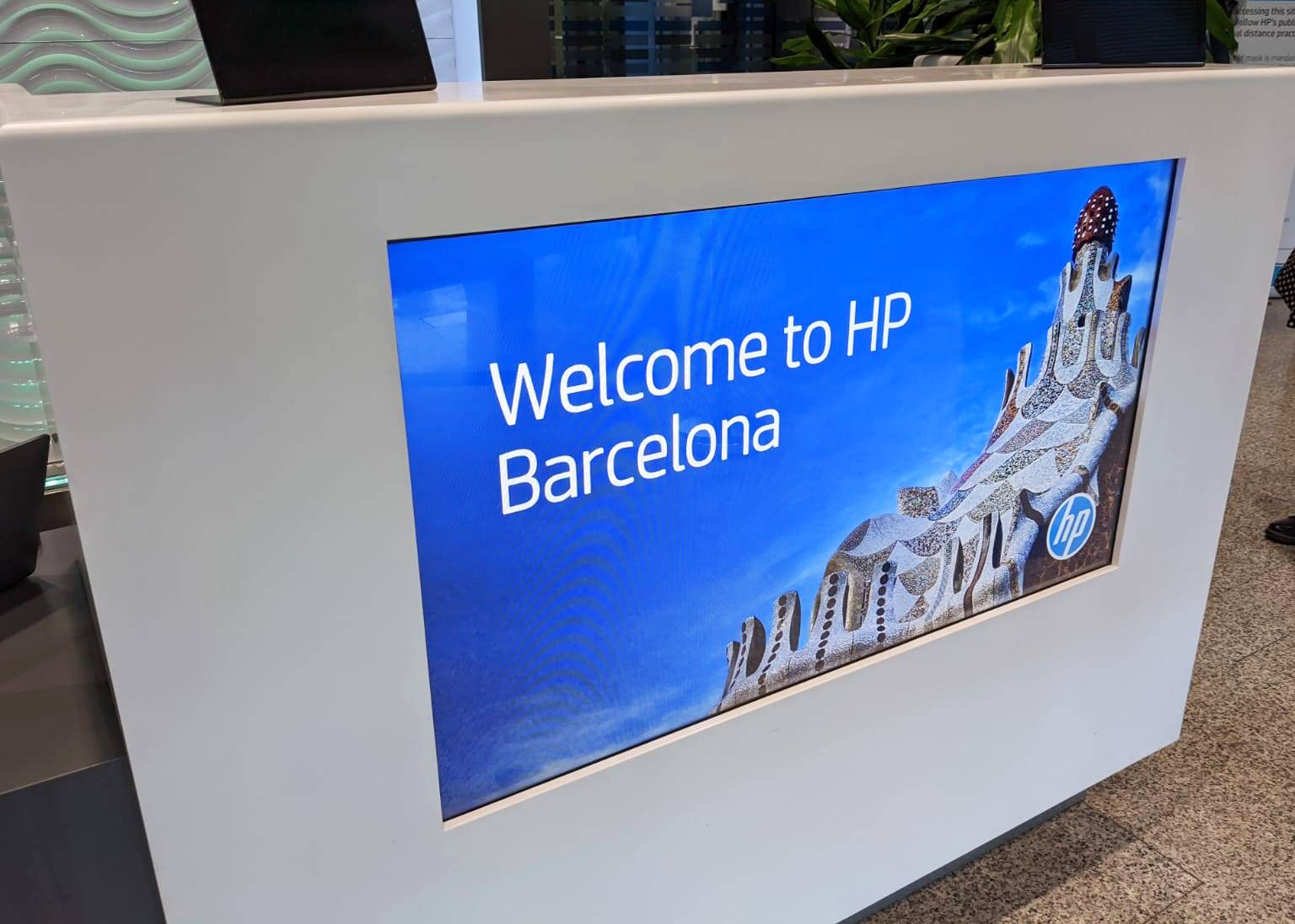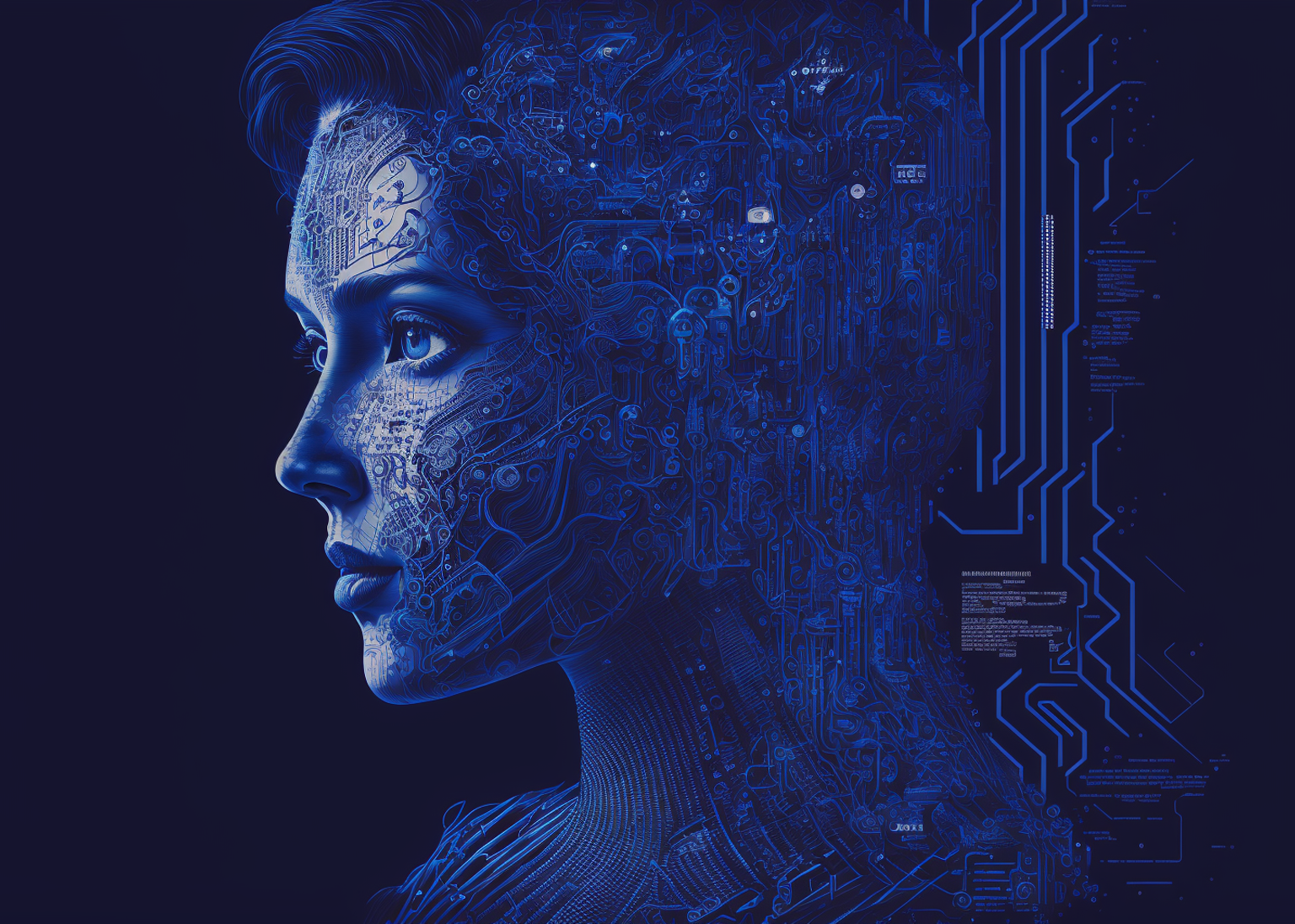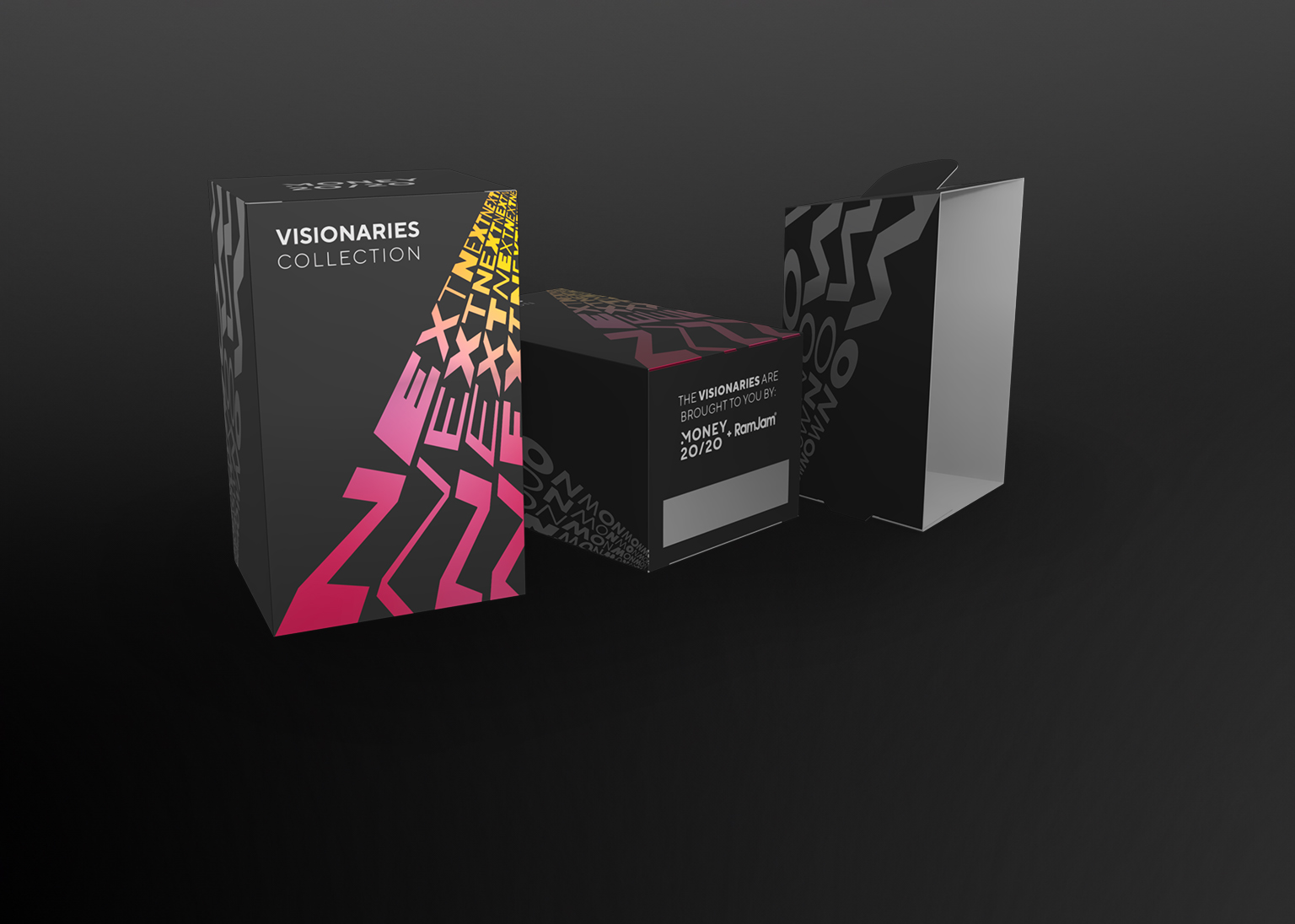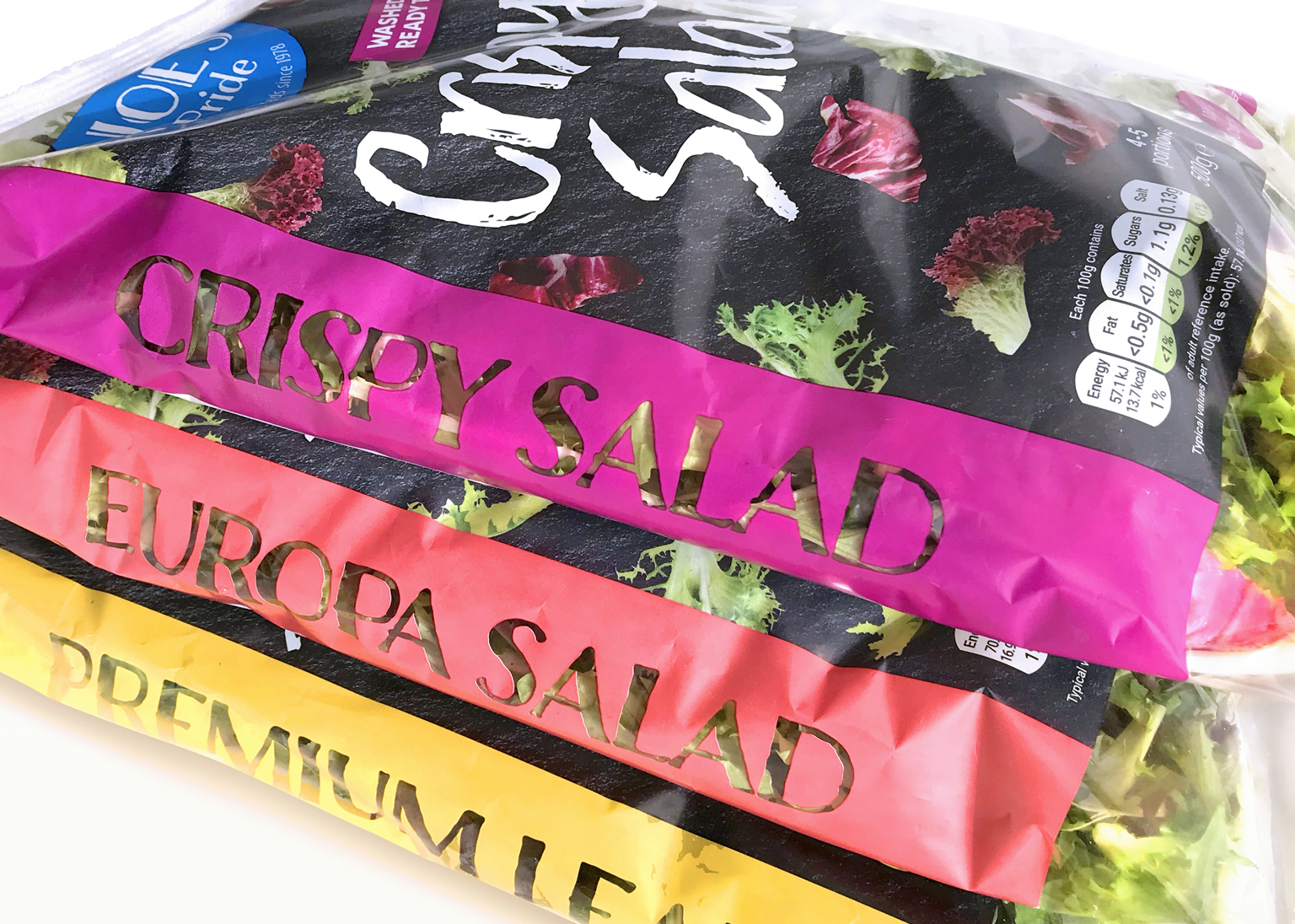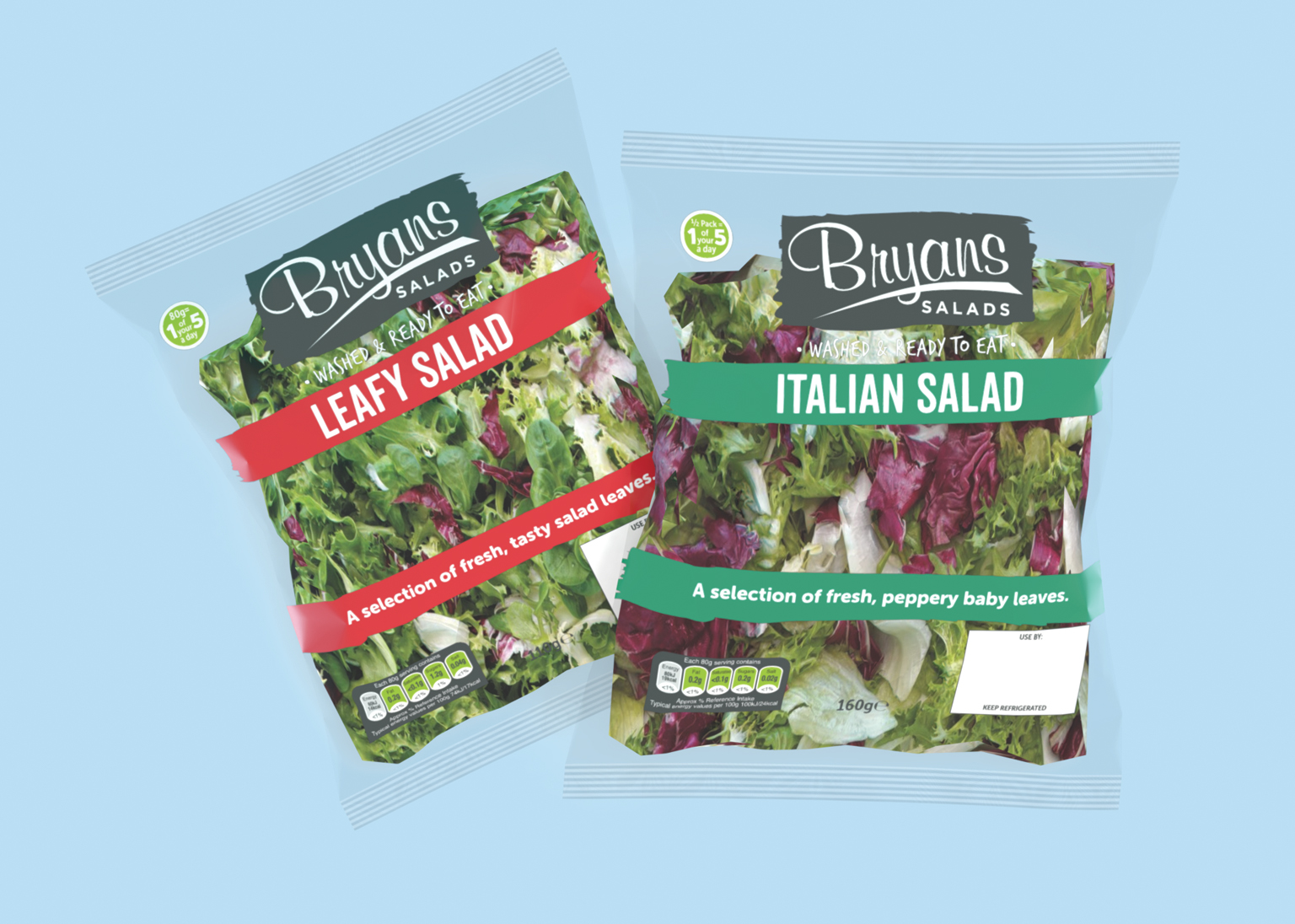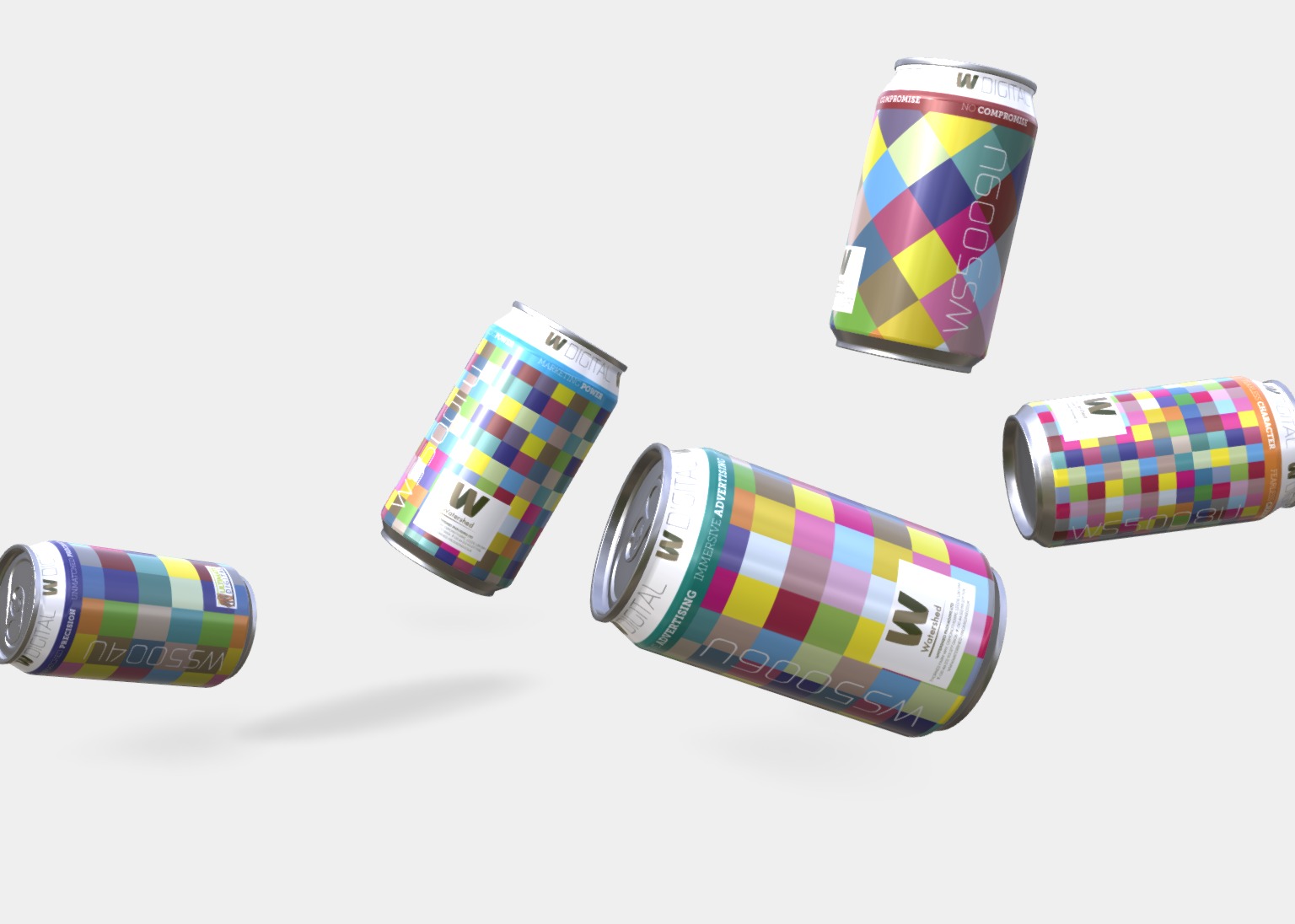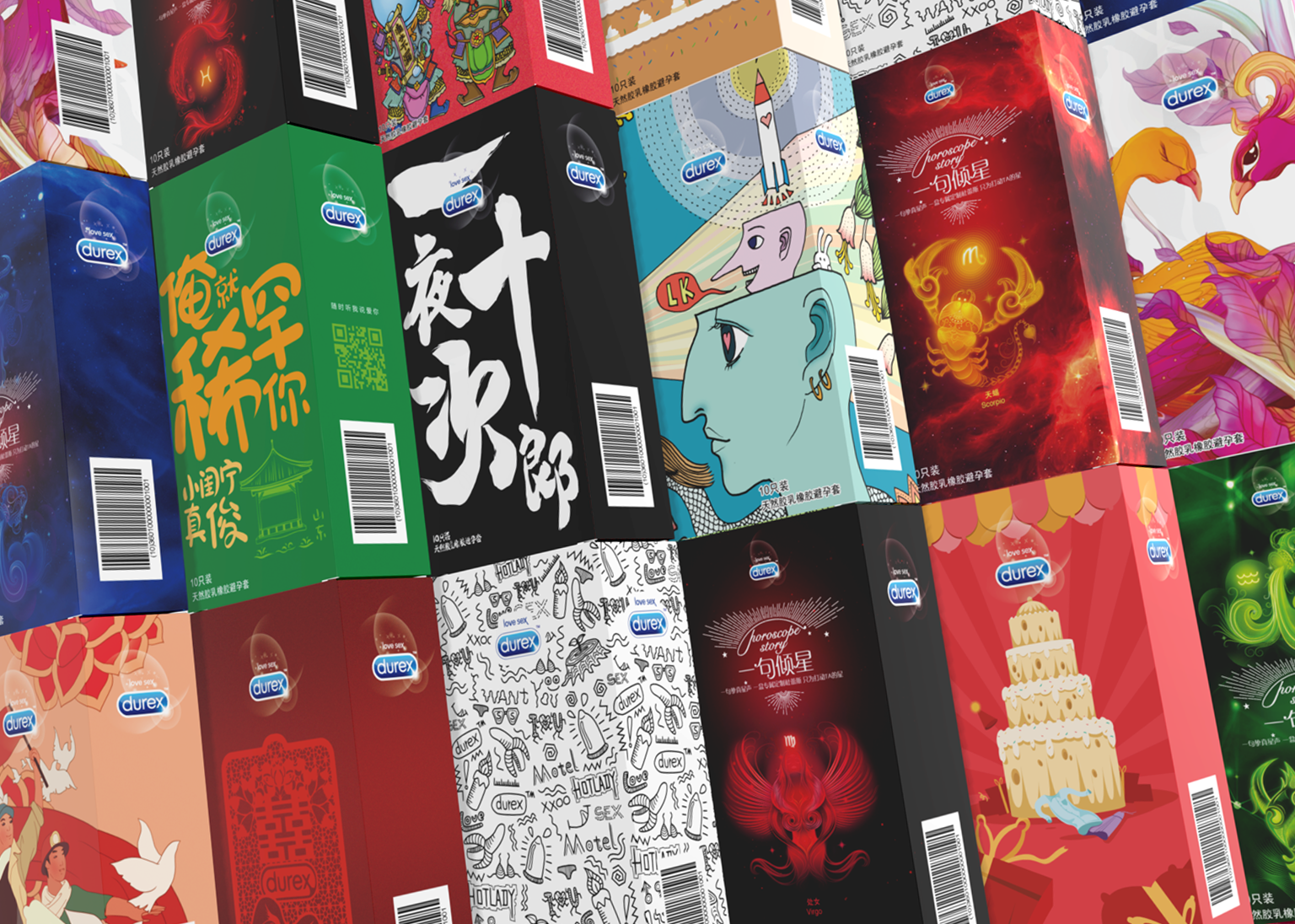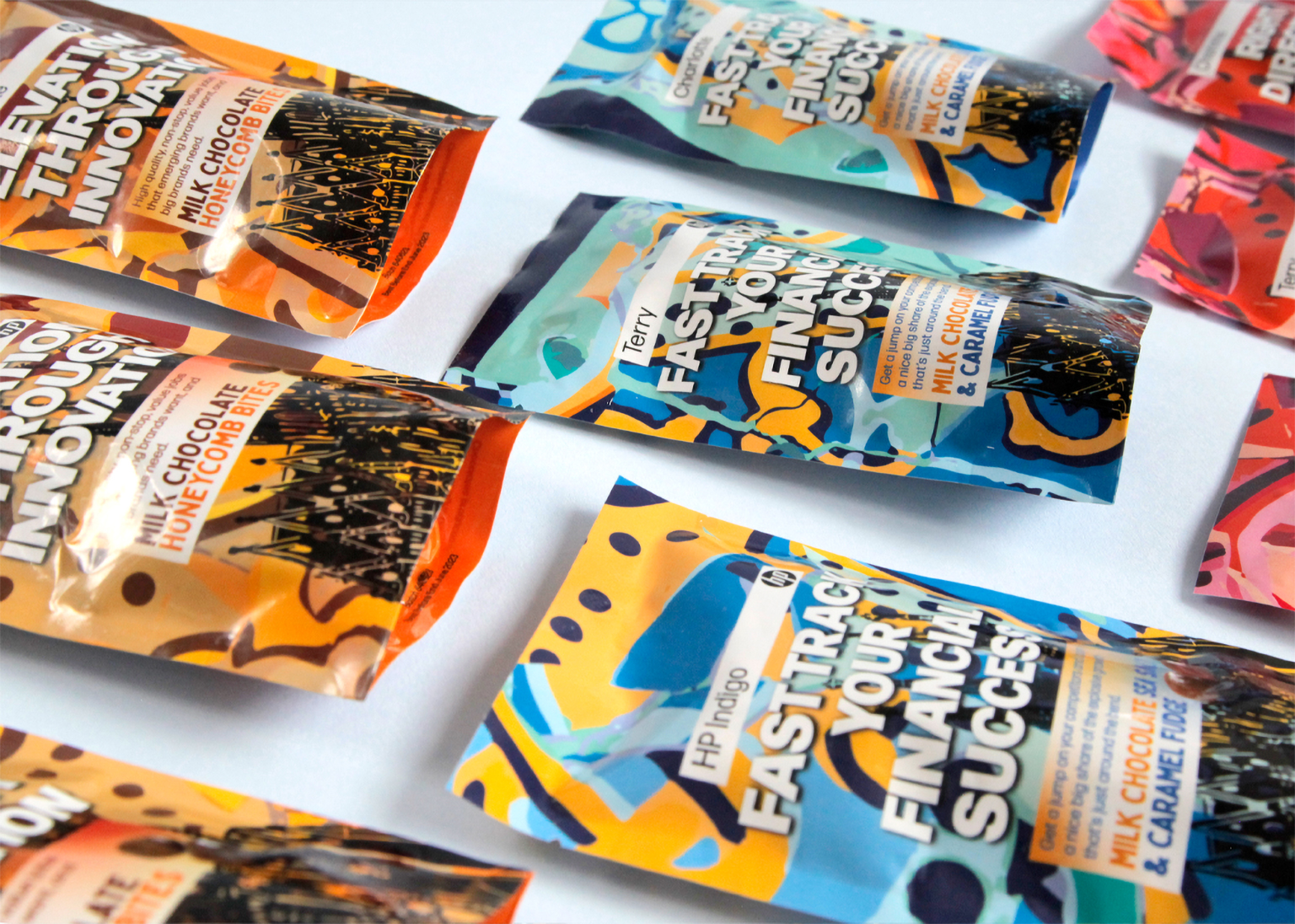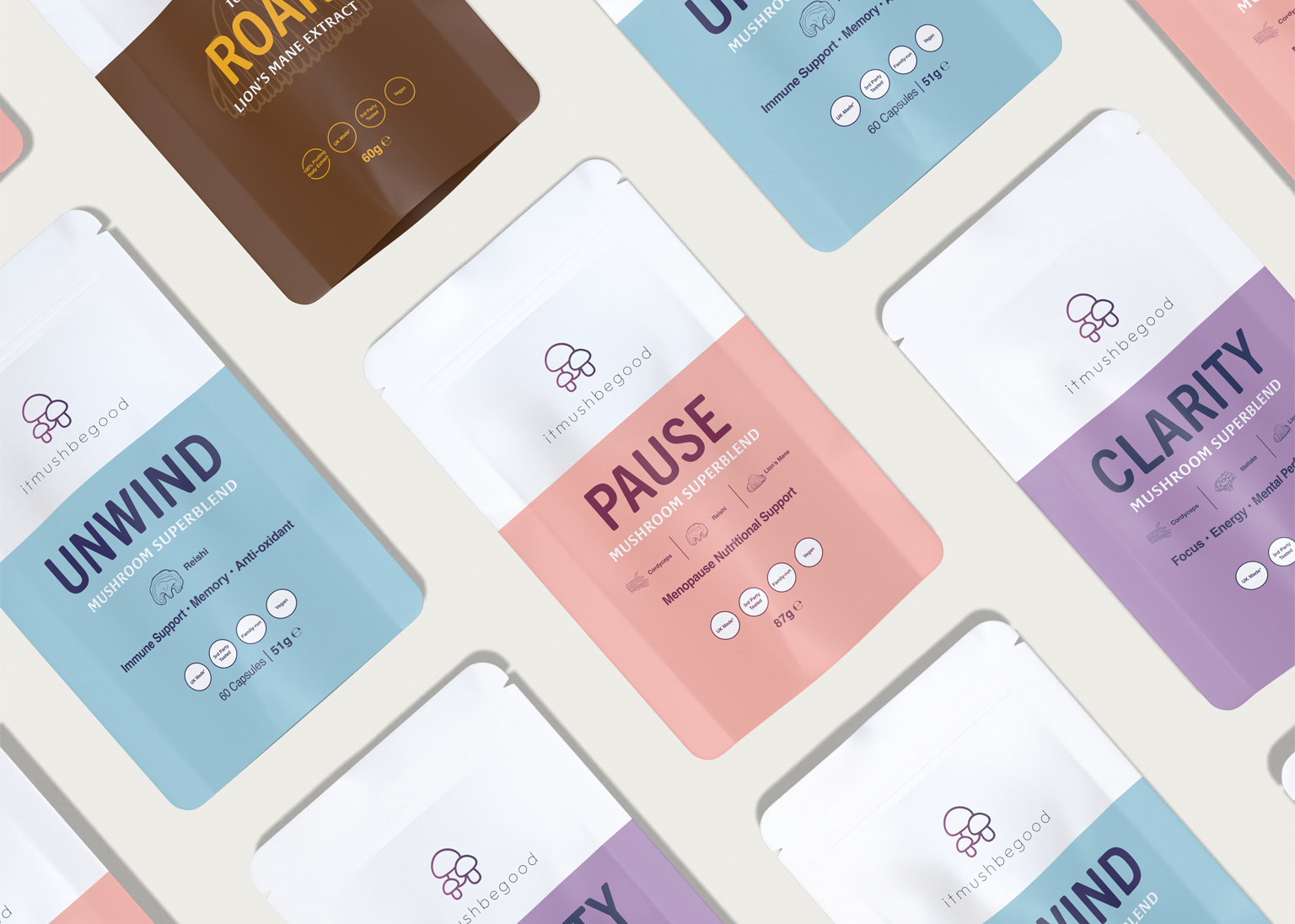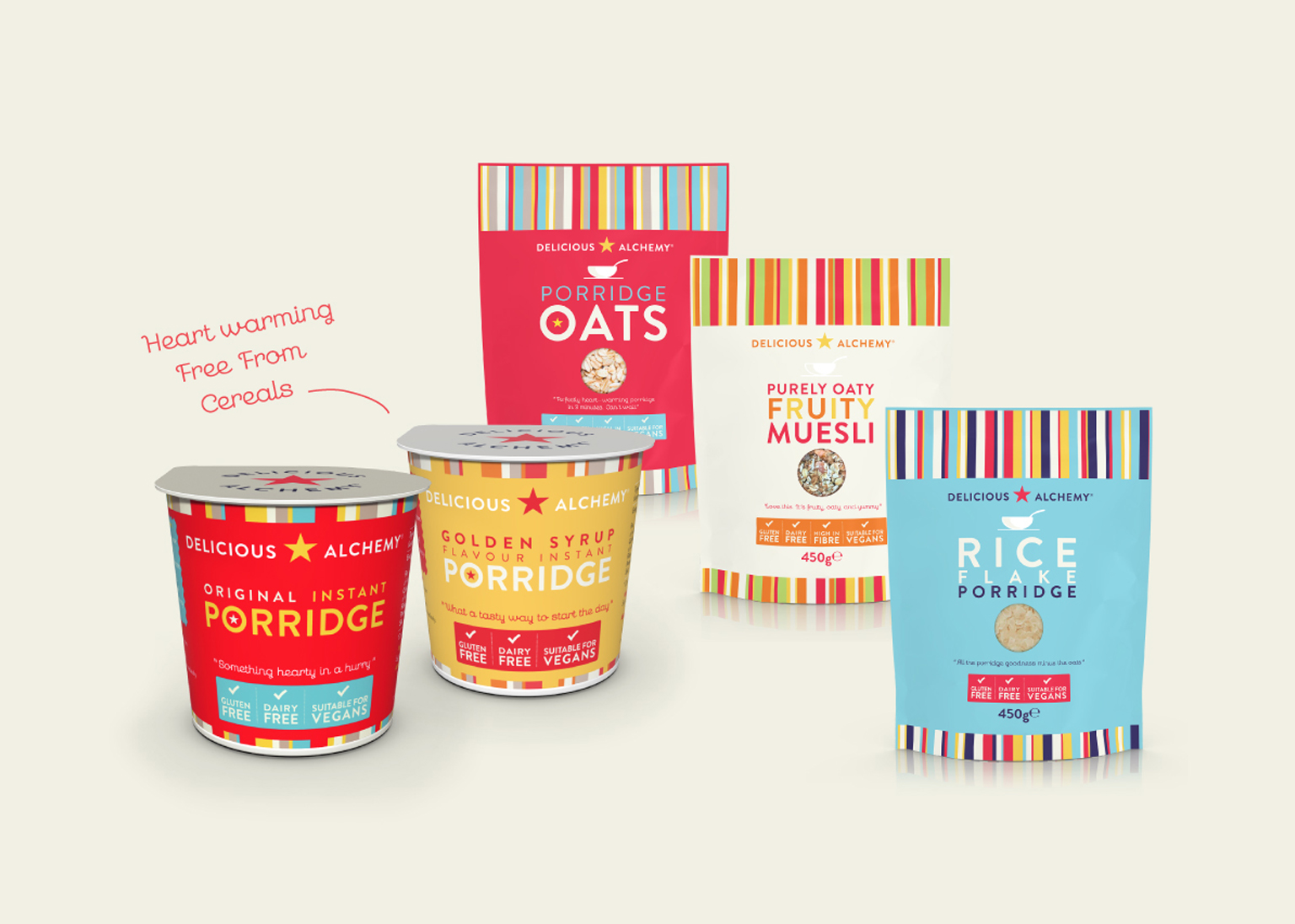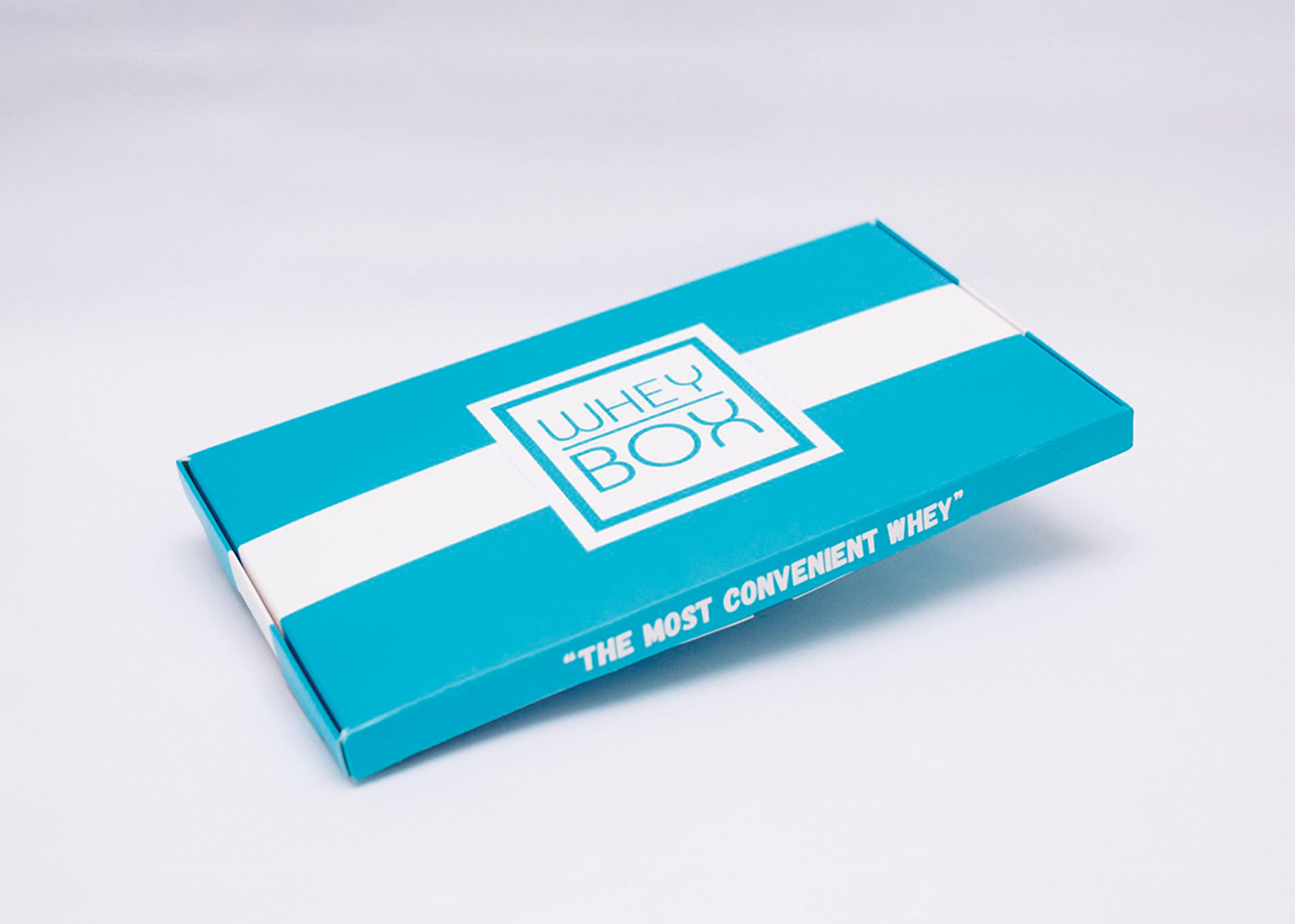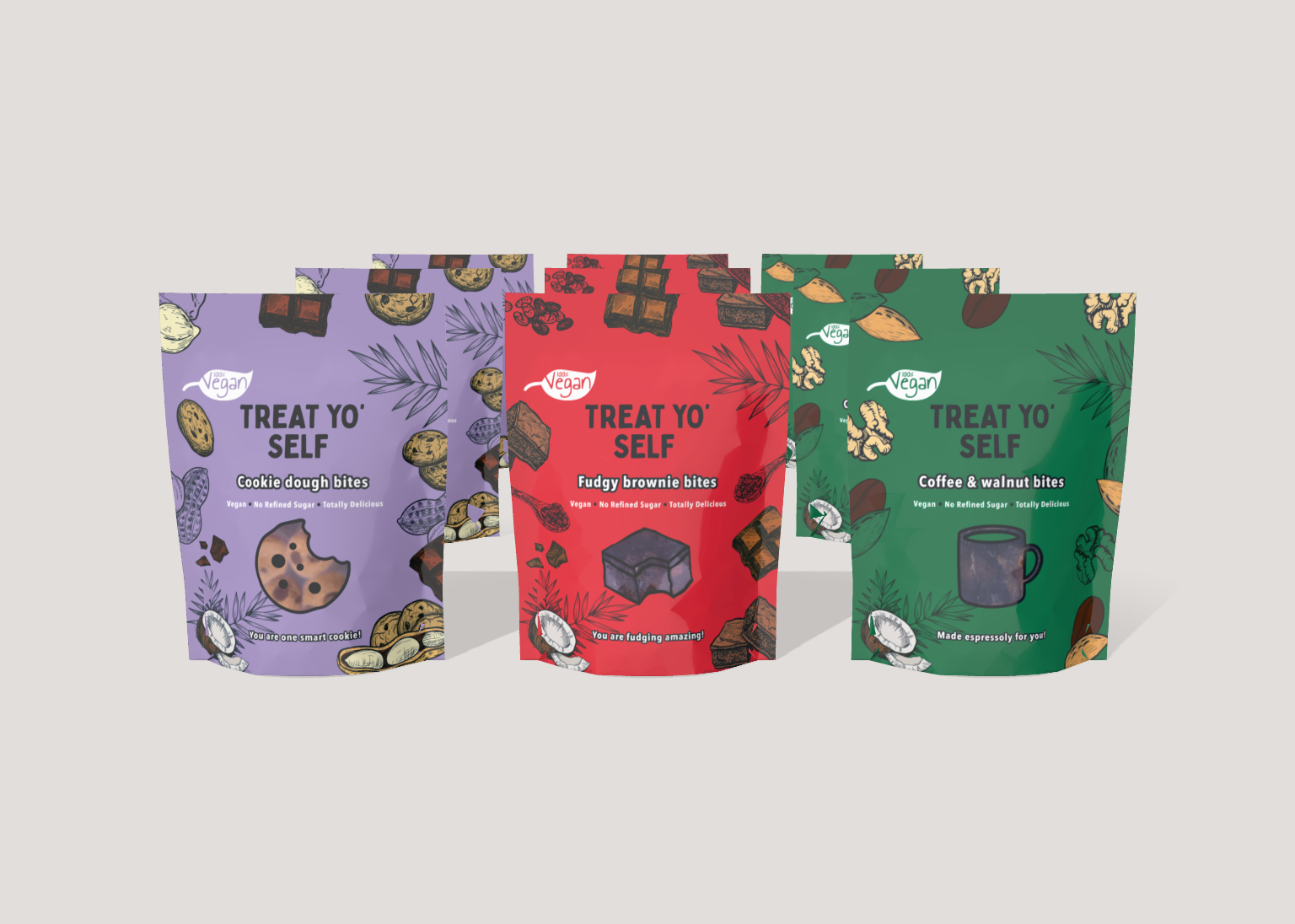Is AI the Future of the Creative Industry? An Updated Perspective
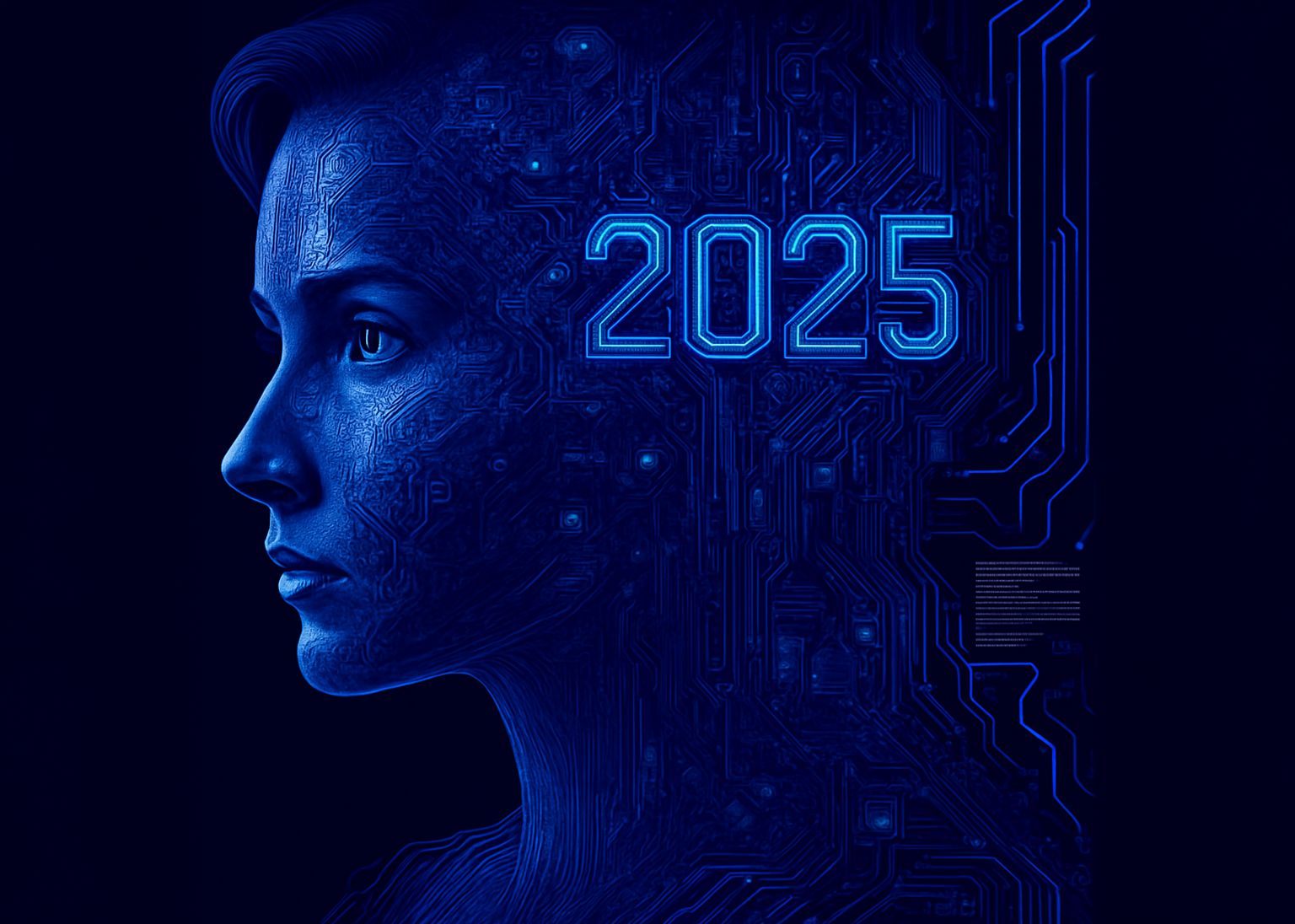
Over a year ago, we explored the burgeoning impact of Artificial Intelligence on the creative sector. Back then, tools like DALL·E, ChatGPT, and Midjourney were already making waves, prompting us to consider how these innovations might reshape our industry. Today, the landscape has evolved even further, and it’s clearer than ever that AI is not just a passing trend but a transformative force.
This updated perspective delves into the latest advancements in AI tools, expands on the evolving ethical considerations, and re-examines AI's role within the creative workflow.
Key AI Tool Advancements
The integration and capabilities of leading AI tools have advanced significantly.
- ChatGPT and DALL·E Integration: What was once a discussion of separate entities has now become a narrative of powerful synergy. DALL·E 3 is now seamlessly integrated directly into ChatGPT, which itself operates on the more advanced GPT-4o model. This means that refining prompts and tweaking generated images can be done within a single, more intuitive conversation, streamlining the creative process significantly.
- Expanded Features: Beyond the basic generation capabilities, AI tools now offer more sophisticated features. For instance, ChatGPT allows for in-chat iteration, enabling users to upload an image as a base for new creations and even replace selected areas of an image. Midjourney continues to provide extensive customisation options, though its advanced features may require a steeper learning curve. These tools are becoming increasingly versatile, offering nuanced control over the creative output.
Evolving Ethical Considerations
While the ethical implications of AI were a concern from the outset, this area has seen substantial developments and continues to be a focal point of debate.
- Copyright and Ownership: This remains a major point of contention. Rulings, such as those by the U.S. Copyright Office, indicate that AI-generated images generally cannot be copyrighted. This raises profound questions about originality, intellectual property, and fair compensation for artists whose work may inadvertently or directly be used in training AI models. The emergence of tools like Nightshade, designed to "poison" images and make them unusable for AI training, highlights artists' efforts to protect their work.
- Bias and Representation: A critical ongoing issue is the potential for AI models to perpetuate and amplify biases present in their training data. It is crucial to address this by promoting diverse and representative datasets to mitigate harmful stereotypes and ensure AI-generated content is inclusive.
- Environmental Impact: A growing ethical concern is the significant energy consumption and environmental footprint associated with training and running large AI models. The computational demands of advanced AI contribute to carbon emissions, adding another layer to the responsible development and use of these technologies.
Let's ask the bots!
AI offers remarkable opportunities for creativity by automating repetitive tasks, providing new tools for ideation, and accelerating execution. The consensus among many professionals is that AI is not an ultimate threat to creativity; rather, its impact depends on how it is used and the governance systems established to protect creative rights. The focus is shifting towards collaboration, where AI serves as a tool to enhance, rather than undermine, human ingenuity.
As AI becomes integral to creative workflows, the question of regulation grows more urgent. The responsibility is multifaceted, involving consumers, private businesses, and regulators alike. There’s a growing need for collective action, with policymakers collaborating with industry leaders to develop transparent and enforceable guidelines. Businesses and creatives are also advocating for ethical practices that align with their values and protect artistic integrity.
In an era where AI-generated content is increasingly prevalent, ensuring authenticity is paramount. The challenge lies in distinguishing human-created content from AI-generated or digitally altered material. Initiatives like Adobe’s Content Credentials, which embed verified metadata into creative assets, are critical steps in tracking and confirming the origin of digital content. Fostering open dialogue and embracing such technologies will help ensure that creativity thrives while preserving integrity.
While AI can perform many tasks traditionally done by humans, the general sentiment is that AI will not entirely replace human creatives. Instead, it will redefine roles, automate lower-level work, and free up humans to focus on higher-level conceptualisation, emotional expression, and unique artistic vision. The most successful creatives will likely be those who learn to effectively use AI tools, viewing them as collaborators that enhance productivity and enable new forms of artistic expression.
Ethical concerns are significantly influencing AI’s development. Issues such as algorithmic bias (where AI perpetuates stereotypes from its training data) and intellectual property rights (who owns AI-generated content, especially if trained on copyrighted material) are leading to ongoing legal challenges and calls for more responsible AI development. Efforts are being made to train AI on more inclusive datasets and develop legal frameworks that recognise both human and machine contributions, ensuring fairness and respect for creators.

